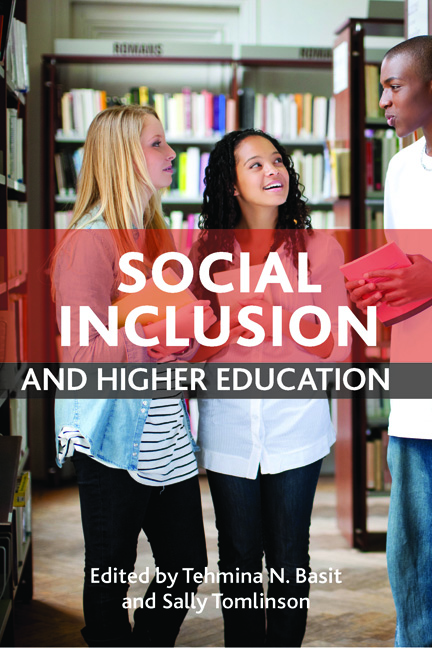Foreword
Published online by Cambridge University Press: 01 September 2022
Summary
The intertwined issues of access, widening participation, social justice and social mobility, as they affect and are affected by higher education, wax and wane in intensity and importance in differing national contexts and at different times. Currently they are often very ‘hot’, and nowhere more so than in the UK. Here, a Conservative–Liberal Democratic Coalition government has proved itself a global outlier in terms of positioning higher education as part of a response to the mix of economic downturn, international tensions and rapid development of information and communications technologies that characterises the second decade of the 21st century. The system is to be rationed, marketised (without in fact trusting the consumers to make the correct choice of institution, subject or mode of study) and significantly deregulated, with historical patterns of public investment replaced by a precarious formula for co-payment.
What this odd mixture of national priorities will produce in terms of who wants to and who does get in to higher education, what they receive, and what the effects will be on public and private returns across the spectrum of health, happiness and democratic tolerance, as well as economic prosperity, is deeply uncertain. Meanwhile, other richer and poorer countries are united in a sense that continuing to invest in higher education has to be part of the solution to the challenges of economic recovery and social cohesion rather than simply an obstacle in the path of rapidly fixing public expenditure.
Meanwhile, the educational research literature presents no clear-cut solutions to the problems of variable aspiration, of variable resources (financial and moral) and of varying levels of achievement and reward for groups across society seeking (or not seeking) and succeeding (or failing) to capitalise on the potential benefits of post-compulsory learning. This is apparently not for want of trying, and any new book on the issue has to offer more than simply a recapitulation of the perennial themes. The equation is highly complex, with variables including class, ethnicity, gender, age, subject of study and location. The policy options all present wicked issues of distribution and effect (eg how to advantage the disadvantaged without further advantaging the already advantaged).
- Type
- Chapter
- Information
- Social Inclusion and Higher Education , pp. vii - viiiPublisher: Bristol University PressPrint publication year: 2012

